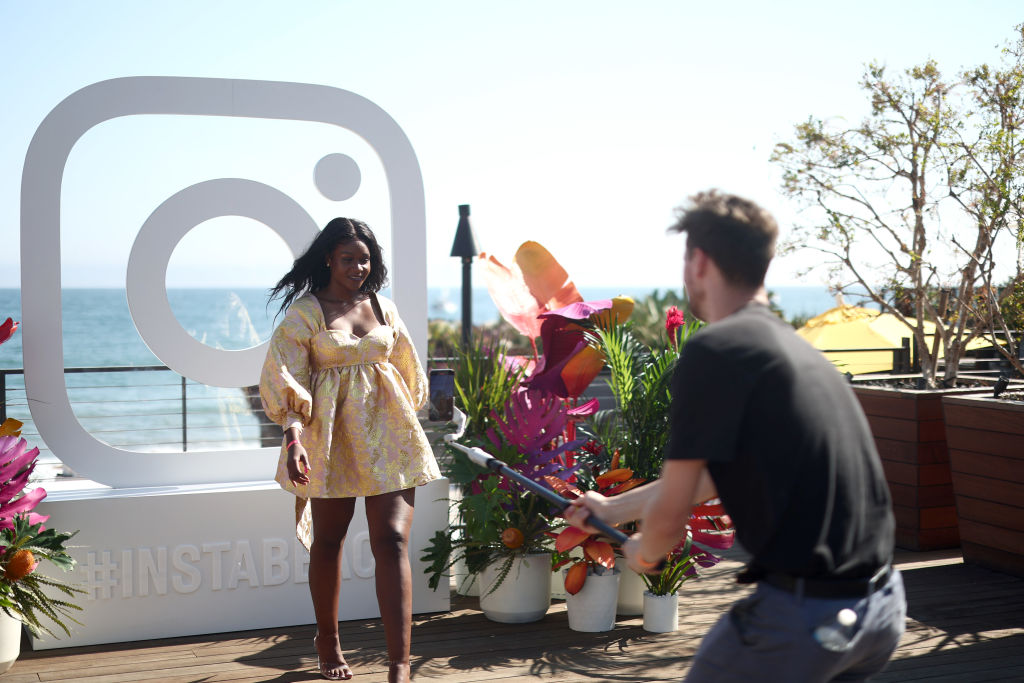Explainer: A highway to subscriber-only social media

It all started with Twitter Blue and the outrage from those who had worked hard to earn their verified status; just about anyone can now have a once-coveted blue tick for £8 a month.
Elon Musk’s gambit on paid-for verification was meant to justify his purchase of Twitter, the social media site which hasn’t booked a profit since 2019.
The Twitter Blue subscription will, from next month, include access to two factor authentication. This is to both drive users to the premium service and save money on sending out texts to confirm the identity of people trying to log in.
It was derided by many and has in financial terms, proved a flop so far, the number of revenue from Twitter Blue has created just a fraction of what Musk initially projected.
Around 290,000 people had signed up to the subscription service as of January this year. Musk has said he expected 69 billion users by 2025.
But if it’s good enough for Musk, it’s good enough for Mark Zuckerberg apparently.
The Meta owner announced he was planning to launch a paid-for service to increase “authenticity” on Instagram and Facebook.
For £10 a month, users will be able to be “verified” with government-issued identification such as a driving licence. It is meant to protect people from impersonation, Zuckerberg said.
But Meta has been suffering for quite some time from a haemorrhaging of young users from his apps to TikTok. The demographics of Facebook have changed dramatically and an additional verified service will likely do little to combat the slightly stale aura of the site.
The number of 13 to 17-year-olds using Facebook had declined by more than 50 per cent between 2014 to 2022.
Only 32 per cent of respondents to a survey by Pew Research Institute said they used the social network. In comparison, 67 per cent claimed to frequently use TikTok.
Meta has also suffered significant dips in advertising revenue after updated to Apple’s privacy software enabled users to control which data they hand over to Zuckerberg’s company. This data is gold-dust for targeted advertising, a long-standing source of income for Meta.
It lost $10bn worth of advertising cash, or 8 per cent of Meta’s total revenue.
